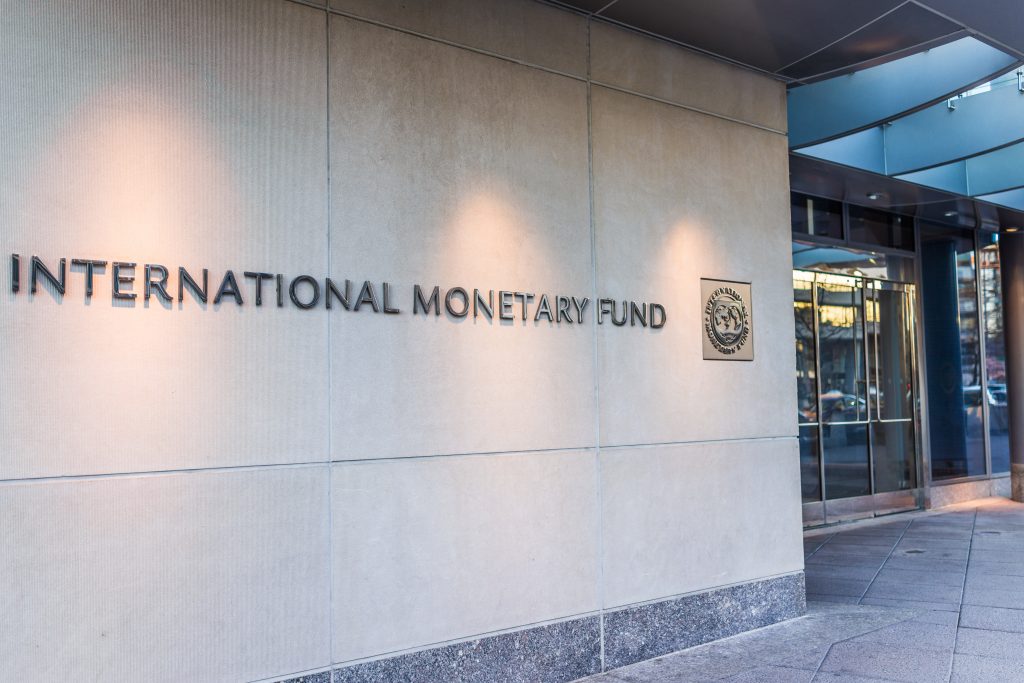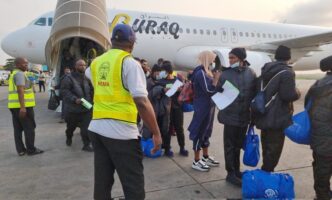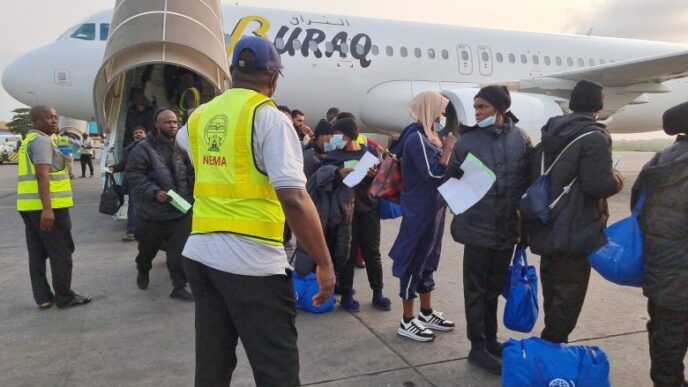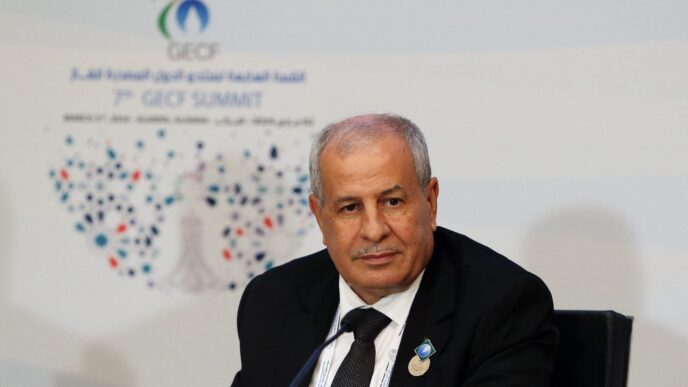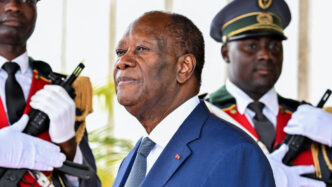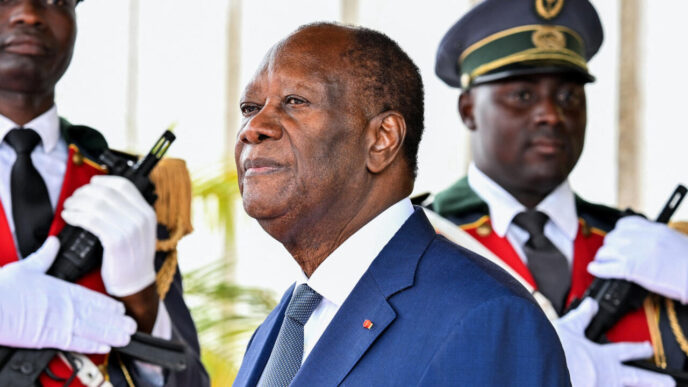Governments across Sub-Saharan Africa are increasingly relying on domestic banks to finance their budgets, a shift that the International Monetary Fund (IMF) warns is driving up borrowing costs and straining local financial systems.
In its latest Regional Economic Outlook, released during the IMF and World Bank Annual Meetings in Washington, the Fund cautioned that the “domestic cost of capital remains elevated across the region,” noting that most local financial markets are “underdeveloped, fragmented, and illiquid,” with high transaction costs and wide lending spreads.
The IMF observed that in many countries, borrowing domestically has become far more expensive than seeking external loans. This reliance on local lenders, it said, is pushing up funding costs and crowding out private investment.
According to the report, domestic banks’ exposure to government debt is now “large and growing faster in sub-Saharan Africa than in the rest of the world.” The IMF warned that this trend could set off a “vicious feedback loop,” where fiscal distress weakens banks, constraining credit and deepening economic pressure.
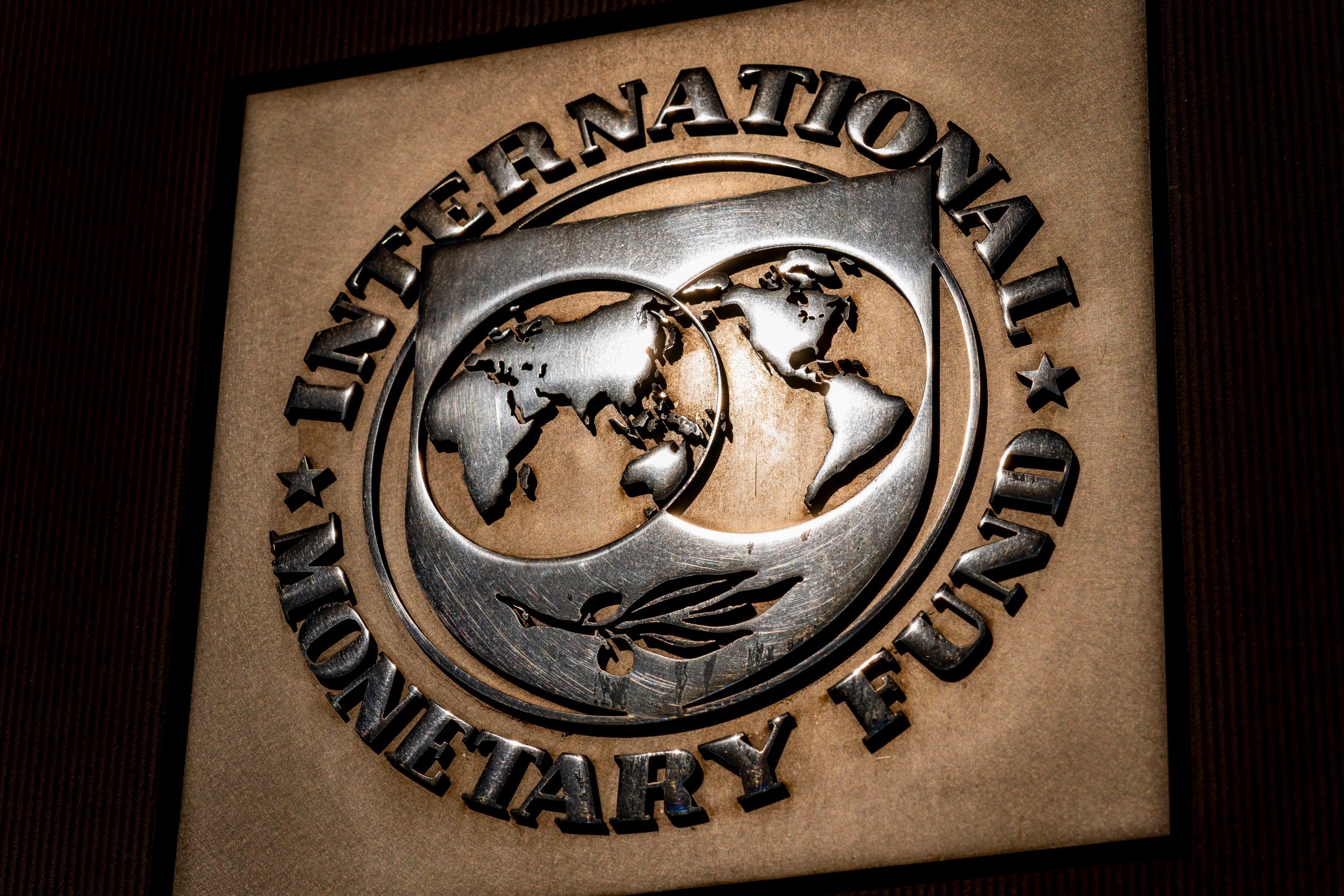
Abebe Aemro Selassie, director of the IMF’s African Department, told Reuters that while the move toward local financing reflects progress in countries’ capacity to borrow in their own currencies, it also poses systemic risks.
“About half of total public debt is owed to domestic banks,” Selassie said. “Access to external financing has not been readily available in recent years, but excessive domestic borrowing can also create problems in the banking sector if governments struggle to service their debt.”
After several years of being shut out of global capital markets due to high borrowing costs and economic uncertainty, some African nations have cautiously begun returning to international bond markets since 2024. Still, many remain hesitant, wary of slipping back into unsustainable debt cycles.


 Trending
Trending 

